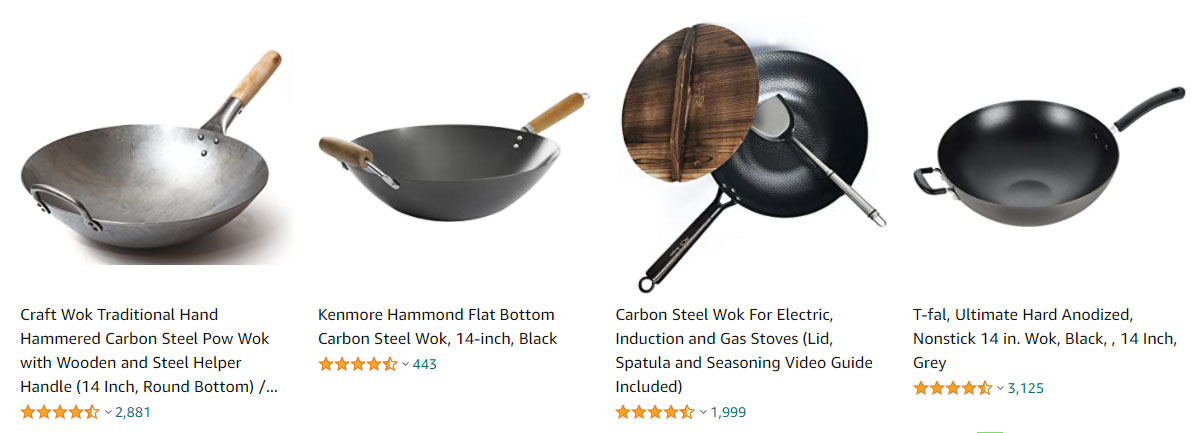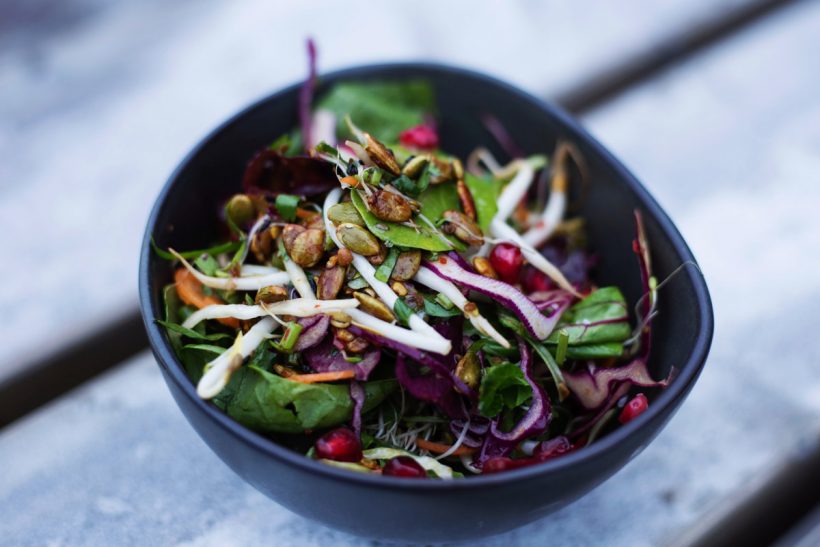Easy wok recipes
When I became a vegetarian a little over 4 years ago, I won't hide the fact that the beginning was a bit difficult. Not that I lacked motivation or that I was drooling over the meat of my entourage at every meal, but it was more a question that came up over and over again: "what the hell am I going to be able to make to eat tonight?
I live my life according to a principle, "my thoughts, words and actions in harmony". And choosing the vegetarian way of life has frankly set me free. But when I was asked, "isn't it too hard to compose your meals every day without meat?", I lied a little not to admit that yes, in the beginning it was not easy. Especially since at the time there wasn't all this craze around veganism, this effervescence with all these videos of veggie recipes, and so on.
But why am I telling you this?
Because I quickly learned to cook something very simple and delicious, woks! Woks are life. It's fast, simple, deliciously effective and offers almost infinite variations. And above all, it lends itself terribly well to a vegetarian diet, it's still a solid base of vegetables.
I'll try to teach you how simple it is to make a plate of small stir-fried vegetables that is copious, healthy and balanced in terms of macronutrients.
Here are my 10 tips for great woks!
1. ALWAYS COOK ON A CLEAN WORK SURFACE
We start out slowly, and it may seem silly, but I find it very important to take a few minutes before cooking to tidy up and clean the countertop a bit. It's so much nicer to cook in a tidy space.
Also, plan some time in front of you to cook, it should be a pleasure, not something done "in haste" just before going to work or whatever. Especially since to get maximum flavor in the wok, you need to let the vegetables simmer.
2. PREPARE EVERYTHING YOU NEED
In the same spirit as the first tip, it's a good idea to prepare everything you're going to need.
Take out the peppers, red cabbage, carrots and whatever vegetables you plan to stir-fry in the wok of the fridge. Wash them properly and cut them up, so you don't get into a rush or have to cut up your vegetables at the last minute in a hurry before throwing them in the wok.
3. A FINE CUT, THE BASIS OF ALL GOOD WOKS
Frankly, no one likes big, hard-to-swallow chunks, and the same is true when you're composing your salads. You must be particularly careful to cut your vegetables finely (especially crunchy vegetables such as carrots which take longer to cook), this will also result in faster cooking and better impregnation of the spices you are going to put on.
So yes, at the beginning, you will take some time to cut all your vegetables, but the more time you spend knife in hand, the faster you will go to prepare your woks!
Note that if you are really lazy about cutting your vegetables finely, there are some very practical mandolins.
4. CHOOSE YOUR PROTEIN SOURCE
Of course, there is protein in vegetables, but the first advice I was given when I turned to a vegetarian diet was to never neglect my protein intake.
For those who eat meat, choose your favorite source such as chicken, and if you want to try the vegetarian wok, go for alternatives such as legumes (chickpeas, black/red beans), tempeh, scrambled eggs (if you are not vegan), marinated or plain tofu, lentils, split peas, etc... There are really a lot of options here.
5. COOK THE HERBS OVER A LOW HEAT
We want to take our time to release as much as possible all the flavors of our wok!
So, at first, we place for example onions and garlic in the wok on a very low heat with the spices we want. If you cook too hard, you risk burning your food a little, giving it a bitter taste, this is really not what we are looking for here!

6. OIL IS NOT A MUST!
Yes, I know, organic olive oil is full of very healthy omega 3, but some people abuse it outright! The fact is that you don't need oil to cook your vegetables and don't hang your wok.
Water can do the job very well! Instead of oil, try to put a water base and you will see that the result is the same. Keep in mind here that one tablespoon of oil is equal to 90kcal and that we will already put some in our sauce later. So let's save those calories that are not necessary for cooking.
7. A QUESTION OF TIMING ABOVE ALL
The mistake would be to stuff all our vegetables in the wok at the same time! Woah, woah, not so fast!
At this point we have sautéed our little onions/garlic with some spices over low heat. Well, let's set them aside in a small bowl and now let's cook the vegetables that will take the most time to cook. Carrots for example, or mushrooms if we like them melting.
Once again, we put these vegetables in the wok with a little water and cook them this time over medium heat. Then a little later, we can add vegetables that require less cooking time such as zucchini, peppers, red cabbage (which we may want to be a little crunchy at the end of cooking)...
It's all a question of timing, and you'll improve with practice!
Tip: increase the heat slightly each time you incorporate an element colder than the wok contents to compensate for heat loss.
8. MIX, MIX, MIX
This will save you from having to scrub your wok for hours after cooking! This is also the secret of the wok, mix your vegetables well with a wooden spatula and stir-fry them so that they don't stick and cook evenly.
When everything is almost cooked, add the onions that you had put aside at the beginning and pour your sauce over the whole.
9. SERVE ON A BED OF SEEDS/GRAINS
It's not mandatory, but I think it's a definite plus.
Line your plate or bowl (I prefer this option) with seeds such as quinoa or brown rice, and why not a little fresh salad. Then add it on top of your vegetables for a top-notch mix of flavor!
Moreover, adding quinoa to your wok allows you to have another protein supplement, a good thing.
10. COMPOSE AND ADD WHAT YOU LIKE!
This is the best moment, the composition!
As I said, I love to put all this in a deep bowl, on the one hand it's visually very beautiful and on the other hand it's easier to mix and eat I find. The large bowls with Japanese design lend themselves relatively well to that.
Now you can add any toppings you like.
I often add:
- a mix of avocado and cherry tomatoes with spices.
- disgorged cucumbers
- coriander or chives
- chia or squash seeds


